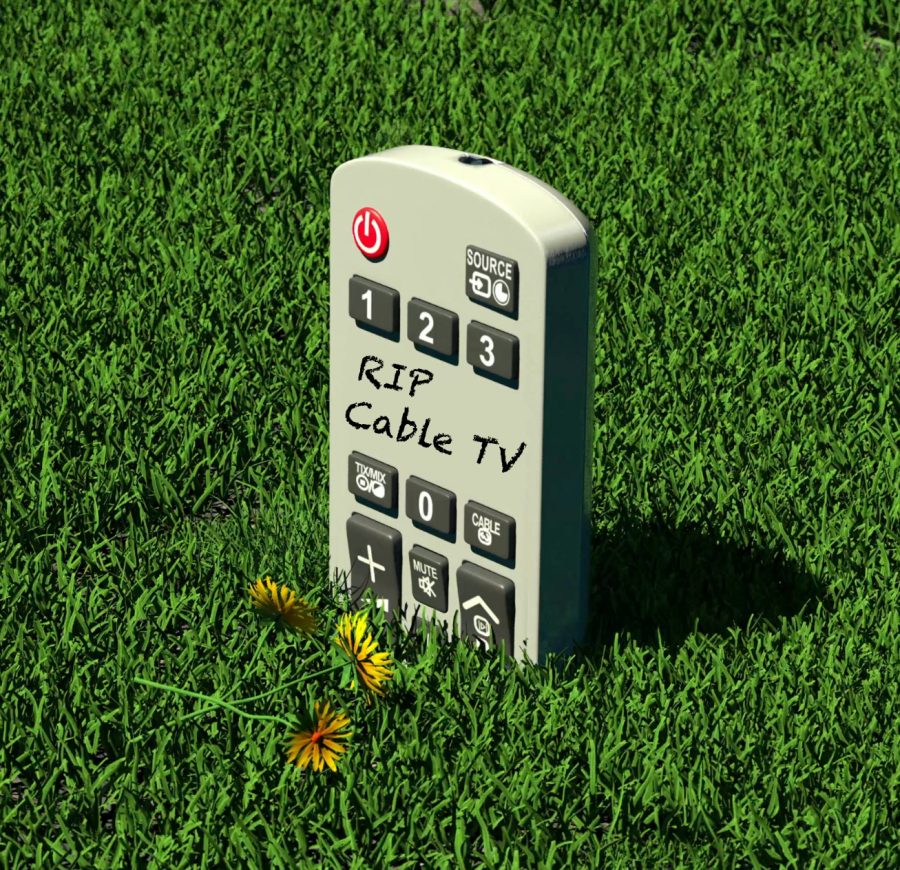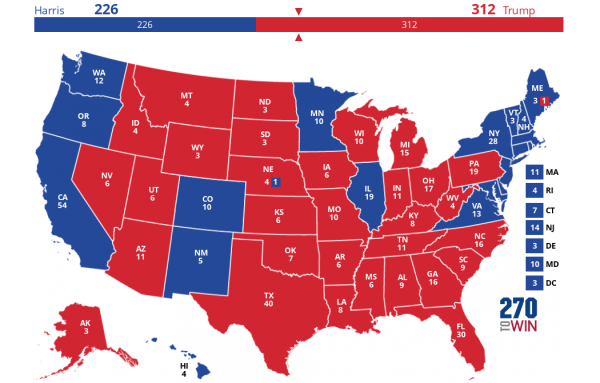The Quiet Extinction of Cable Television
Though effectively it is over, cable television will stay in business despite the loss of quality features, subscribers, and hope.
Cable television lacks its former shine because of the convenience of streaming services.
Will your childhood be erased in the coming years?
That is a question on everyone’s mind. Cable television lacks its former shine because of the convenience of streaming services. Coming home from school, preparing for the 4pm Nickelodeon halloween-special with fan favorite shows on the couch was the core to every kid’s childhood. Streaming services are taking over and providing services that are easy-to-watch on the go, available at all times with hundreds of categorized shows and movies.
Sports networks and news channels are now the lifeboat for the linear bundle of Cable TV as it actively drowns in an ocean of booming streaming services. Scheduled and scripted programming are no longer ideal, and new and popular shows mostly fail to make an appearance.
Social media heavily influences all individuals, whether we like to admit it or not. Opinions of shows and movies are constantly posted on social media, causing them to grow in popularity. Specifically teens, who share their opinions on new and improved shows with content played on Tik Tok and Snapchat to influence their peers.
Favored television programs that air social-media boosted shows and cinema include Hulu, Netflix and HBO Max. With cable television, many people in our young generation do not pay attention to what time the specific program is going live, and don’t stop what they are doing to watch it at that precise time.
Sometimes you just want to curl up in bed, eating popcorn to watch a movie. If it was live on cable two hours ago you can’t. Live television prevents the ability to fast-forward, which is merely an inconvenience to viewers. This is why platforms like Netflix have become incredibly popular.
When hope of redemption is pursued, it is shot down by future budget cuts. Subscribers steadily diminish and will continue to do so, and the NFL doubling their price alongside other core cable programs is not the route to success. Prices rise due to budget cuts and viewers drop, but there is no choice but to keep treading thanks to those who prioritize their favorite morning news channel or soap opera. These budget cuts result in overwhelming repetition of shows, and therefore even less viewers. This will lead to a decline in advertisements when shows are not being watched and products are not being sold.
On average, cable television costs $79 a month, which does not seem beneficial when Netflix starts at $6.99. Though the difference is substantial, when the cost of streaming programs collectively add up, pricing is rather fair.
Though effectively it is over, cable television will stay in business despite the loss of quality features, subscribers, and hope.











